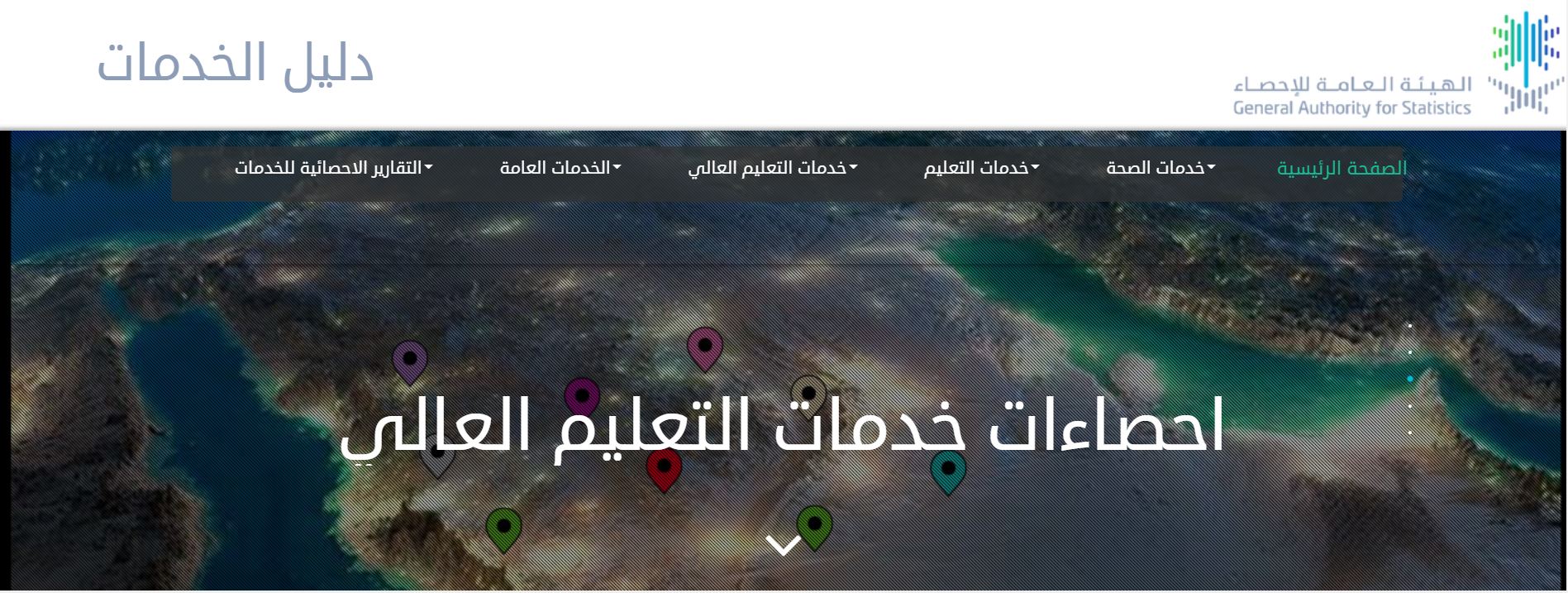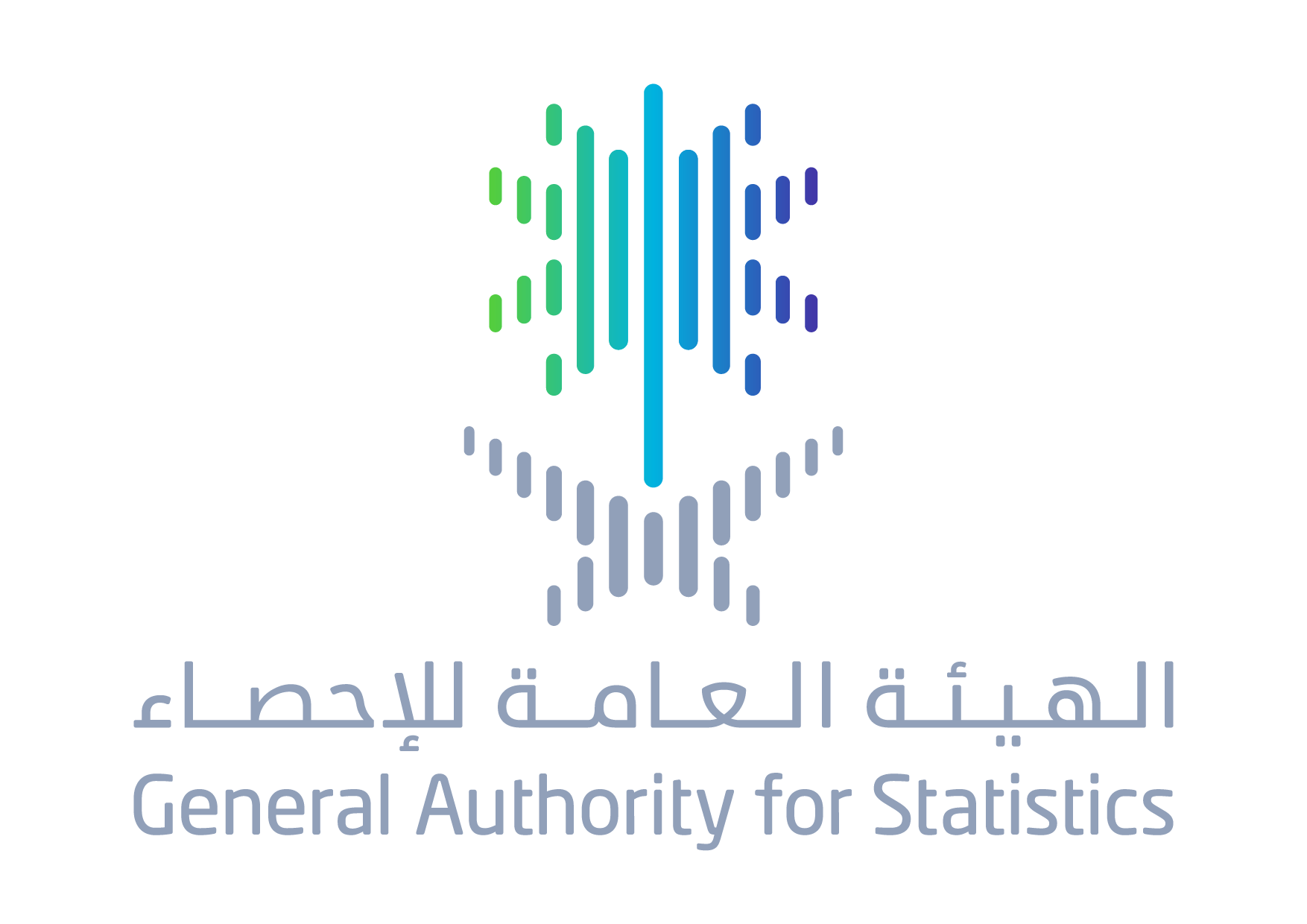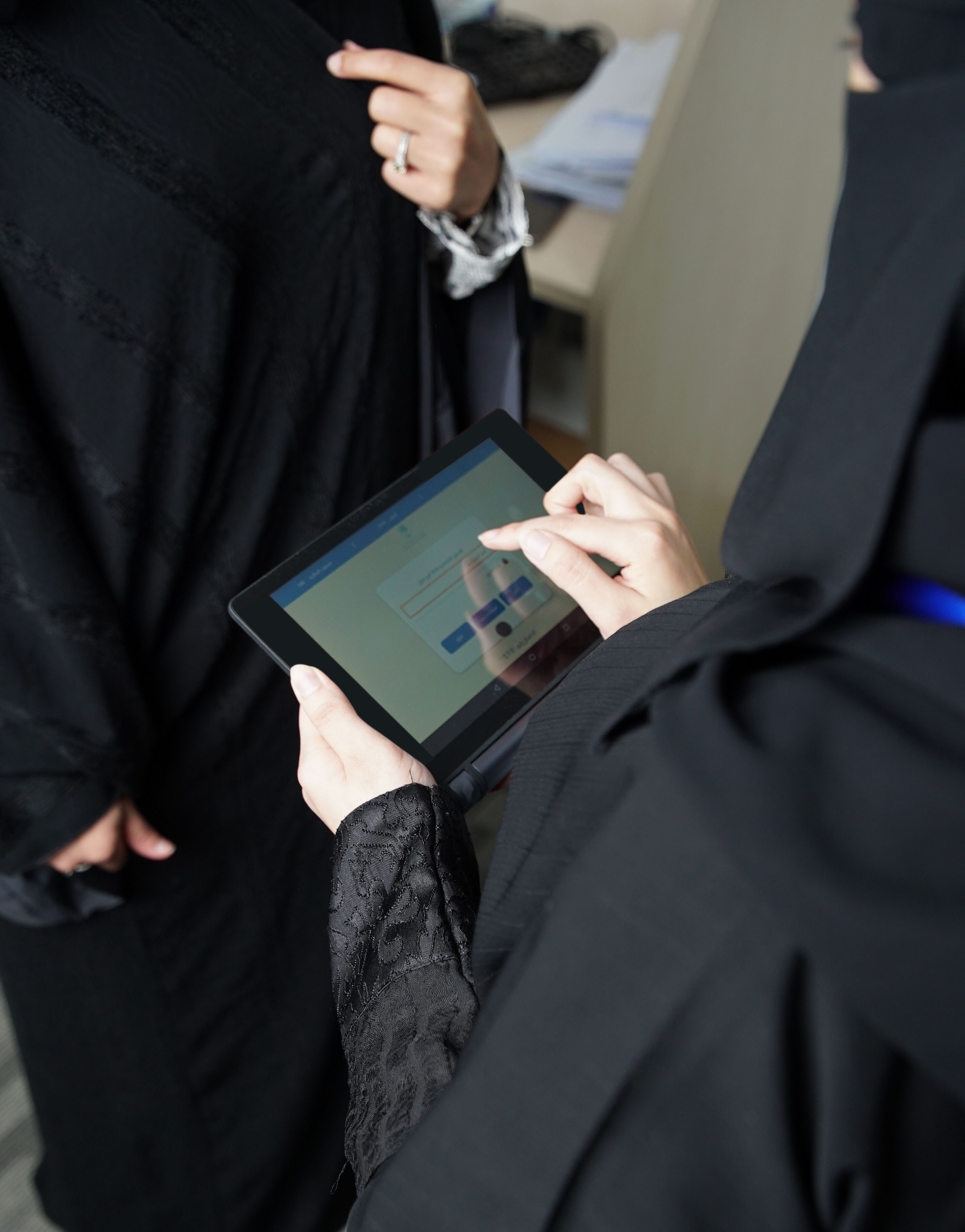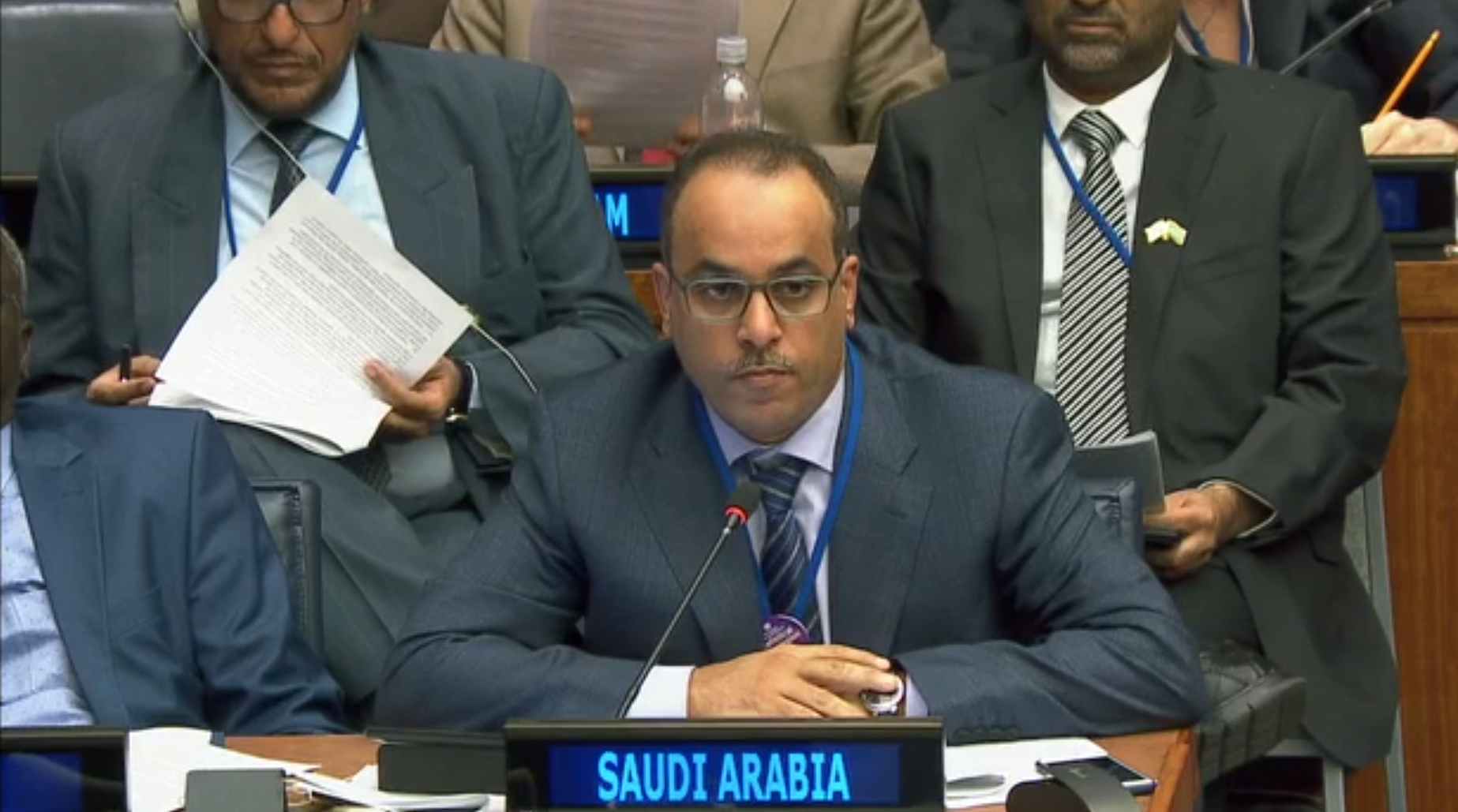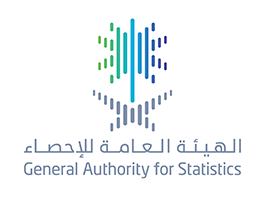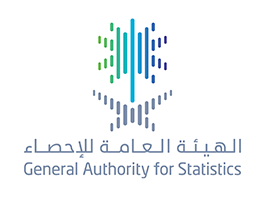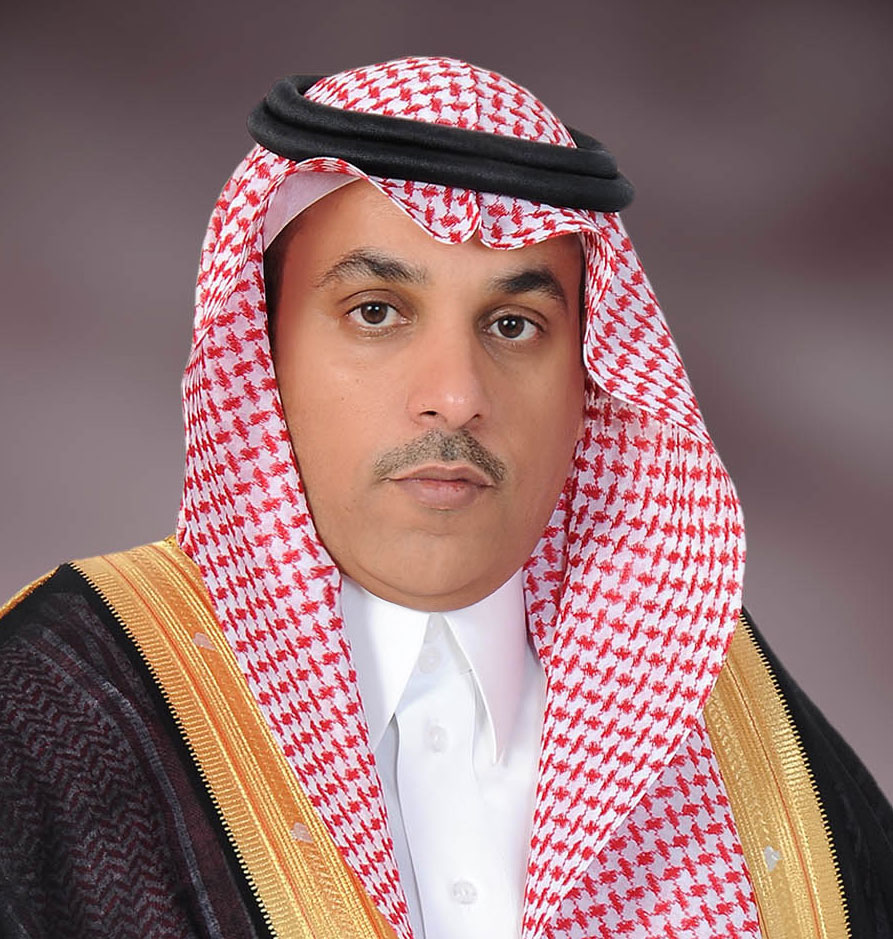Saudi Arabia Ends its Participation in the Works of the United Nations Statistical Commission (49th Round)
18-03-2018
In order to develop the statistical sector and to follow up sustainable development goals
Saudi Arabia Ends its Participation in the Works of the United Nations Statistical Commission (49th Round)
Saudi Arabia Ends its Participation in the Works of the United Nations Statistical Commission (49th Round). It started last Tuesday until yesterday evening at the United Nations headquarters which is in New York City . In addition, the delegation headed by his Excellency Dr. Fahad bin Sulaiman Altekhaifi, president of the General Authority for Statistics. He indicated that the participation was an extension of the authority strategy for international participation. Also, to benefit from the best statistical practices because it reflected on the development of the statistical sector in the kingdom of Saudi Arabia. Moreover, he added that the kingdom of Saudi Arabia reviewed number of development axes for the statistical sector. During the works of 49th round, there was several presentations and interventions from co-sponsor delegation over four days. AL-Tekhaifi showed the statistical transformative experience was one of the axes where the authority addressed the road map and the dimensions on which it relied. Which is focusing on the importance of the client, quality and the development of the statistical sector. He mentioned that the KSA experience concerned the participants, and the progress of the statistical surveys reflect the affectivity and the importance of the listening to the clients from government entities and data users. Where the average of the surveys perversely were not over than eleven surveys in one year, but now in 2017 there are more than forty-two field surveys. In order to meet the requirements of the government entities and data users accordance with the regional and international requirements. At the level of the international statistical classification, the president of authority indicated that the authority focused on developed the statistical sector in KSA in several trends, Such as unified the use of international statistical classifications in the statistical surveys and administrative registers of ministries, government entities and privet sectors. Moreover, its first steps were unified the use of international industrial classification for economic activities in administrative registers (ISIC4), for all sectors and entities in the country. While, sector workshops were hold and meet bilaterally to define and to raise awareness of the classification. Also, to explain the mechanism of the application, and the importance of the study of the technical fields for all entities that related to. In order to ensure the access to the identical results based on one axis for the guide. Furthermore, the authority will continued the same approach for the rest of international classifications. Where, the same approach of national classification of occupation is applied recently (ISCO-08). The work of (49) round dealt with the household surveys, while authority confirmed that the household surveys is an important and main source for the different social statistics. That's because they are an active element for all the statistical systems, which based on provide several social indicators. It also considers as an important element to provide the related data of monitor progress in order to achieve the goals of sustainable development, under multitude requirements and challenges which faced by the available data.
GaStat Have focused on conducting a share amount of survey on household in that matter. In 2017 Among all the Surveys 17 of them was a household survey, and planning on doing 20 Household survey this year. The Authority is paying a great importance in register data, and has launched a numerous number of partnerships, initiatives and projects to link all the concerned institutions in the direction to come up with data that provides a lot of statistical indicators, also reducing the need for field survey.
United Nation Statistical Commission agenda included a number of topics, surrounding the open data. The participant delegators have indicated a number of steps taken by The Kingdom of Saudi Arabia on activating the Open data, to establish a high-level national committee for open data, at a ministerial level, led by The General Authority of Statics. To supervise the work regarding open data in Saudi Arabia, and strengthening coordination and partnership between the parties concerned. In addition to that, the project of Saudi Statistical Portal, which the authority is working on with a number of governmental institution, that offers statistical information’s in an up-to-date and easy-to-use way. Also, applying the best technical tools to access the information quicker and better, and applying the standards of data disaggregation as an open data, by international standards. As well as developing the digital content of the portal (e-content). And Increasing the level of e-reediness, In addition, further development of legislative and regulatory framework. The portal wouldn’t be only for the Authority, it would allow the all the institution, Authority’s and Government Institutions, to display their statistics in the same modern way, and working on strengthening the content with open data. The portal will support the social participation; it will allow visitors to publish their articles. The delegators have declared that this project consist of processing the basic data of GaStat, in addition to the other governmental data and the privet sector, to serve as convertible data which could be interactive graphics. GaStat has represented Saudi Arabia in this field lately as a member of the International Labour Organization of Big data and Official States-UN, whose membership includes 22 countries and 9 international authorities’.
On the other hand, GaStat have presented, through their participation, about their current experience in National Statistical Data(MASDAR) for conducting data and statistical indicators from the concerned authorities, and work with them to provide, publish and exchange data and national statistical indicators through Databases and specify electronic portals. Which support making decision in Saudi Arabia, also it’s a solid Informational bank to support Saudi Arabia 2030 Vision and National Transformation Programme 2020. GaStat have declared through the presentation that the goal of this programme is to build a comprehensive national statistical database which have all the statistical data from all the inner and outer sources to produce tabulations, indicators and analysis where the users and analysts need those data in or out of the Authority for statistical references to support decision, and making all of the development plans.
On the margins of the round the participant Saudi delegates met with a number of statistical commissions relevant to housing, social and economic statistics, as well as the South Korean delegates to discuss the road map of reinstate the agreement between the two countries.
It started at the United Nations headquarters which is in New York City, on the last Tuesday until yesterday evening. In addition, the delegation headed by his Excellency Fahad Ibn Sliman AL-Tekhaifi who is the president of the general authority for statistics. He indicated that the participation was an extension of the authority strategy for international participation. Also, to benefit from the best statistical practices because it reflected on the development of the statistical sector in the kingdom of Saudi Arabia. Moreover, he added that the kingdom of Saudi Arabia reviewed number of development axes for the statistical sector. During the work of (49) round there was several presentations and interventions from co-sponsor delegation over four days. AL-Tekhaifi showed the statistical transformative experience was one of the axes where the authority addressed the road map and the dimensions on which it relied. Which is focusing on the importance of the client, quality and the development of the statistical sector. He mentioned that the KSA experience concerned the participants, and the progress of the statistical surveys reflect the affectivity and the importance of the listening to the clients from government entities and data users. Where the average of the surveys perversely were not over than eleven surveys in one year, but now in 2017 there are more than forty-two field surveys. In order to meet the requirements of the government entities and data users accordance with the regional and international requirements. At the level of the international statistical classification, the president of authority indicated that the authority focused on developed the statistical sector in KSA in several trends, Such as unified the use of international statistical classifications in the statistical surveys and administrative registers of ministries, government entities and privet sectors. Moreover, its first steps were unified the use of international industrial classification for economic activities in administrative registers (ISIC4), for all sectors and entities in the country. While, sector workshops were hold and meet bilaterally to define and to raise awareness of the classification. Also, to explain the mechanism of the application, and the importance of the study of the technical fields for all entities that related to. In order to ensure the access to the identical results based on one axis for the guide. Furthermore, the authority will continued the same approach for the rest of international classifications. Where, the same approach of national classification of occupation is applied recently (ISCO-08). The work of (49) round dealt with the household surveys, while authority confirmed that the household surveys is an important and main source for the different social statistics. That's because they are an active element for all the statistical systems, which based on provide several social indicators. It also considers as an important element to provide the related data of monitor progress in order to achieve the goals of sustainable development, under multitude requirements and challenges which faced by the available data.
GaStat Have focused on conducting a share amount of survey on household in that matter. In 2017 Among all the Surveys 17 of them was a household survey, and planning on doing 20 Household survey this year. The Authority is paying a great importance in register data, and has launched a numerous number of partnerships, initiatives and projects to link all the concerned institutions in the direction to come up with data that provides a lot of statistical indicators, also reducing the need for field survey.
United Nation Statistical Commission agenda included a number of topics, surrounding the open data. The participant delegators have indicated a number of steps taken by The Kingdom of Saudi Arabia on activating the Open data, to establish a high-level national committee for open data, at a ministerial level, led by The General Authority of Statics. To supervise the work regarding open data in Saudi Arabia, and strengthening coordination and partnership between the parties concerned. In addition to that, the project of Saudi Statistical Portal, which the authority is working on with a number of governmental institution, that offers statistical information’s in an up-to-date and easy-to-use way. Also, applying the best technical tools to access the information quicker and better, and applying the standards of data disaggregation as an open data, by international standards. As well as developing the digital content of the portal (e-content). And Increasing the level of e-reediness, In addition, further development of legislative and regulatory framework. The portal wouldn’t be only for the Authority, it would allow the all the institution, Authority’s and Government Institutions, to display their statistics in the same modern way, and working on strengthening the content with open data. The portal will support the social participation; it will allow visitors to publish their articles. The delegators have declared that this project consist of processing the basic data of GaStat, in addition to the other governmental data and the privet sector, to serve as convertible data which could be interactive graphics. GaStat has represented Saudi Arabia in this field lately as a member of the International Labour Organization of Big data and Official States-UN, whose membership includes 22 countries and 9 international authorities’.
On the other hand, GaStat have presented, through their participation, about their current experience in National Statistical Data(MASDAR) for conducting data and statistical indicators from the concerned authorities, and work with them to provide, publish and exchange data and national statistical indicators through Databases and specify electronic portals. Which support making decision in Saudi Arabia, also it’s a solid Informational bank to support Saudi Arabia 2030 Vision and National Transformation Programme 2020. GaStat have declared through the presentation that the goal of this programme is to build a comprehensive national statistical database which have all the statistical data from all the inner and outer sources to produce tabulations, indicators and analysis where the users and analysts need those data in or out of the Authority for statistical references to support decision, and making all of the development plans.
On the margins of the round the participant Saudi delegates met with a number of statistical commissions relevant to housing, social and economic statistics, as well as the South Korean delegates to discuss the road map of reinstate the agreement between the two countries.
